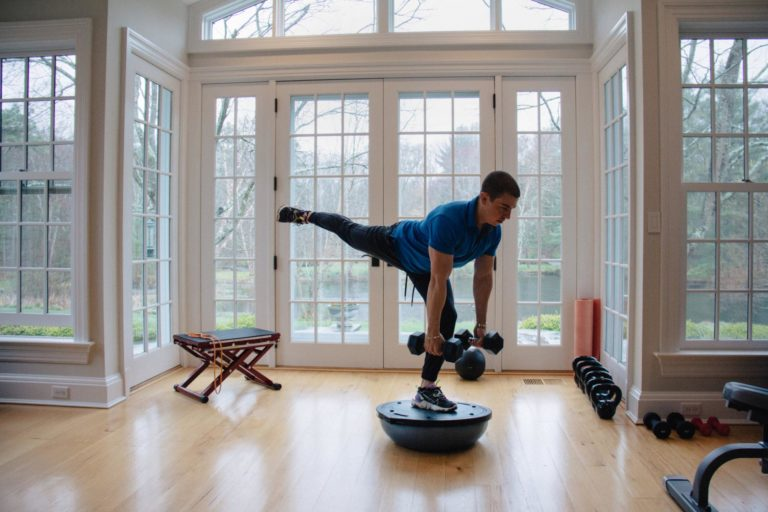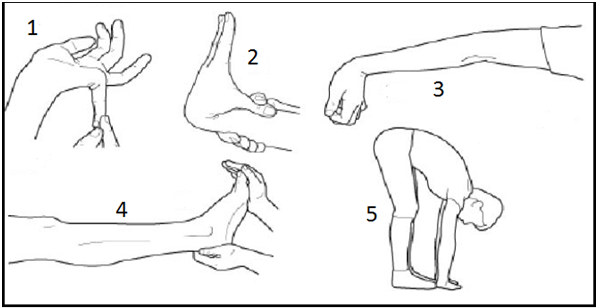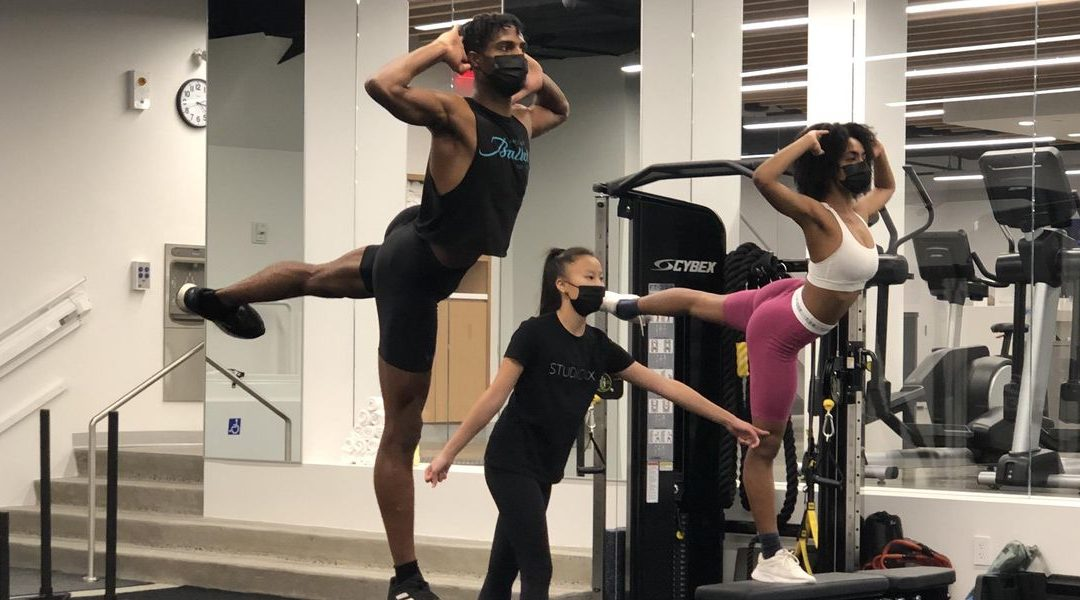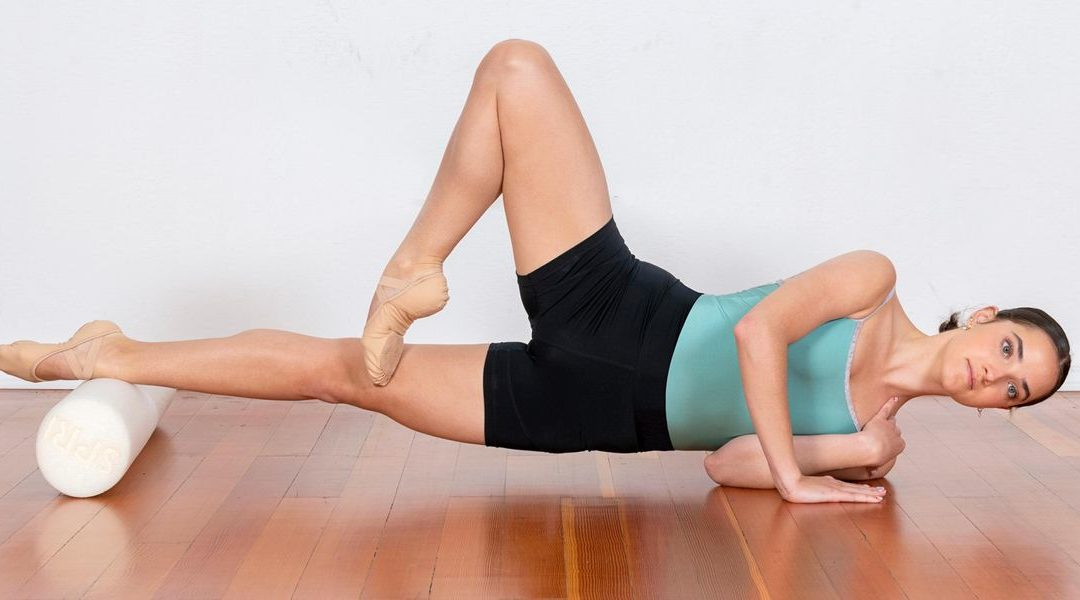
While being flexible certainly has its benefits, especially for someone who participates in activities such as dance or gymnastics, it also can come at a cost. There are a myriad of different diagnoses that include general joint hyper-mobility including, but not limited to, Ehlers-Danlos Syndrome, Marfan Syndrome, Rheumatoid Arthritis, Down Syndrome, and Hypermobilty Spectrum Disorder. Hypermobility itself is now thought to exist on a spectrum and can involve more than just the musculoskeletal system. It can be difficult to diagnose joint hypermobility, but one of the most commonly used screening is called the Beighton Score. Typically, a score greater than 4 out of 9 indicates general joint hypermobility.
This includes:
- A passive dorsiflexion of the little finger above 90 degrees (1 point for each hand).
- Bringing the thumb passive against the ventral side of the forearm (1 point for each thumb).
- Hyperextension of the elbow above 10 degrees ( 1 point for each elbow)
- Hyperextension of the knee above 10 degrees (1 point for each knee)
- Flexion of the trunk, with knees straight and the palms flat on the ground ( 1 point)

Possible Adverse Symptoms of Hypermobility:
- Joint instability: recurrent dislocations or subluxations of shoulder, kneecap, etc
- Widespread joint or muscle pain
- Recurrent ankle sprains
- Fractures
- Meniscus tears
- Fibromyalgia
- Chronic fatigue syndrome
- Exercise-related pain
- Joint swelling
- Clumsiness
- Greater risk in failure of tendons, ligaments, bone, skin, cartilage
- Osteoarthritis
- Functional gastrointestinal disorders
- Chronic headache
- Immune system dysregulation
- Pelvic and bladder dysfunction
- Cardiovascular dysautonomia
- Anxiety/Depression
Managing Symptoms and Preventing Injury
One of the best ways to manage these symptoms and improve overall health is to cross-train. This means to participate in training that differs from one’s usual sport or activities. For example, as a dancer it can be especially helpful to participate in weight-lifting, swimming, Pilates, or biking.This is important because it allows you to strengthen muscles you don’t typically use, improve symmetry side to side, decreases risk of overuse injuries (from doing the same repetitive movements over and over), can improve joint stability and proprioception, maintain proper alignment, improve control and power, increase cardiovascular health, is a stress reliever, and can work your brain in a new way!

If you are dealing with chronic pain or recurrent injuries, seek help from a medical professional to address your symptoms. As previously said, hypermobility can affect all parts of your body including muscles, joints, organs, and even mental health so it may be necessary to consult with several doctors from different fields for comprehensive management. If you can relate to this post, call us today and get evaluated by one of our Doctors of Physical Therapy.

-Dr. Kelly Surratt, PT, DPT
Resources:

Comments